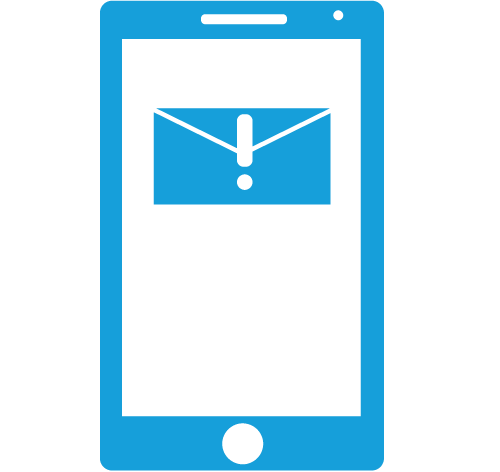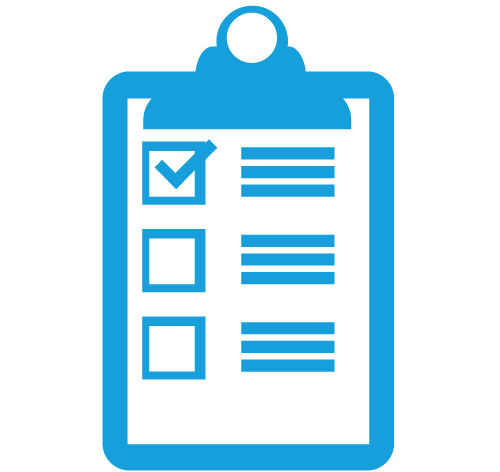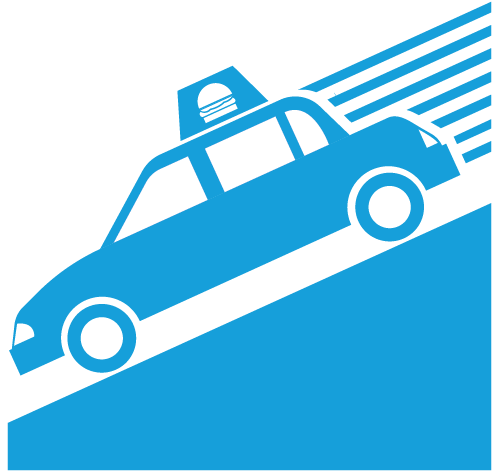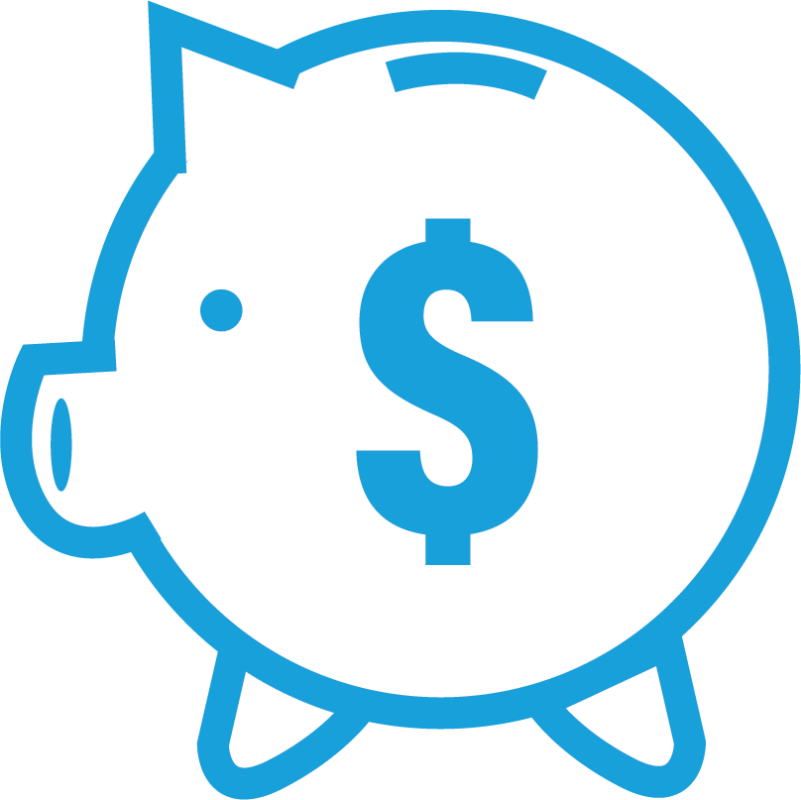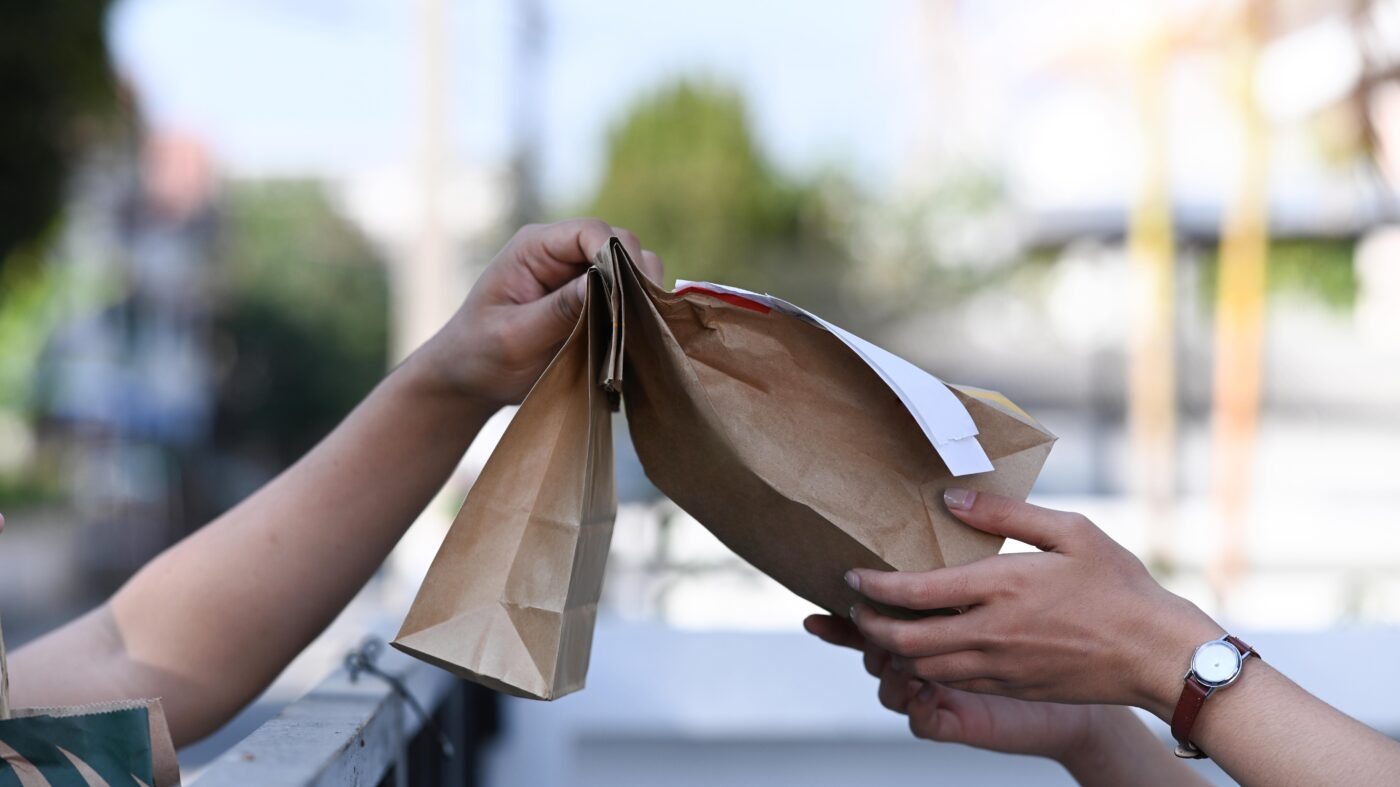Marketing
Everything You Need to Know About Offering Food Delivery at Your Restaurant
Do you deliver? The demand for food delivery has skyrocketed, with off-premise dining now making up as much as 60% of all restaurant sales (National Restaurant Association)! It’s estimated that the U.S. delivery market will grow from $43 billion to $76 billion by 2022. Customers have fully embraced an on-demand economy, and like it or not, it’s time for restaurant owners to do the same!
Offering delivery can have a dramatic impact on your restaurant’s bottom line — if you choose the delivery option that’s right for your restaurant. Food delivery increases check sizes, makes up for reduced foot traffic, requires less overhead, and can make your restaurant more appealing to both new and existing customers looking for greater flexibility in their dining options.
Deciding whether to sign up with a third-party delivery service or to invest in an in-house delivery model requires careful consideration of what exactly you’re hoping to achieve by adding delivery and how you can best invest your time and resources.
Here are a few things you should consider when adding delivery to your restaurant operations!
Is Food Delivery Right For You?
Before we dive in, it is important to recognize that delivery might not be the right option for every restaurant. If your menu items spoil quickly or need to be served immediately, if you’re not set up to take orders via phone or online, or if you’re concerned about delivering a poor experience, delivery might not be right for you (right now). At DCRS Solutions, we’re happy to chat about other restaurants we’ve worked with and how they’ve overcome these hurdles; contact us today to speak with a member of our team.
If none of this sounds like you, keep reading!
Should You Use a Third-Party Food Delivery Service?
Many restaurants looking to add delivery turn to third-party options, like DoorDash, GrubHub and UberEats. Because these are pre-existing products, the setup is relatively simple. These apps are already widely used, meaning there’s no need to “train” your customers on a new way of ordering. And because of that wide use, third-party apps double as a great marketing tool, putting your menu in front of hungry customers you might never have reached otherwise.
Using a third-party service can be costly, however, and might not make good business sense if you operate on razor-thin margins. These apps take a (varying) percentage of every order they send your way and have also been increasingly criticized for the hefty fees they pass on to consumers. Before you sign anything, be sure to pull out your trusty calculator and make sure the numbers truly work for you.
Or Should You Embrace Do-It-Yourself Restaurant Delivery?
Many customers prefer to order directly from the restaurant, either over the phone or online. In fact, Restaurant Business found that 78% of delivery orders are placed through the restaurant itself.
When done correctly, an in-house delivery model gives you greater control over the guest experience and preserves your profit margins. Keep these factors in mind when creating your delivery system:
- Delivery Vehicles, Parking, Gas and Car Insurance
- Will you purchase delivery vehicles or use drivers’ personal vehicles? If the latter, how will you compensate them for that use? Do you and the drivers have the proper insurance? Where will delivery vehicles be parked while at your restaurant? How will you track and reimburse gas use?
- Taking Orders and Accepting Payment
- How will you take orders? Can you easily integrate delivery into your current POS system?
- How will customers pay? Online? Over the phone?
- Staffing
- In addition to delivery drivers, depending on the volume of deliveries, you might also need to hire a dedicated staff member who can receive orders, make sure the food and to-go bags are properly prepped, and double-check all orders before they leave the restaurant.
- Delivery Packaging, Food Storage and Transportation
- Do you have the right containers for your food? How will it look/taste upon delivery? Make sure you have the correct coolers and insulated bags to transport food without it becoming too warm or too cold en route to the guest.
- Tracking Deliveries
- How will you track delivery drivers to see where they’re at in the delivery process? This will help you determine prep and wait times for subsequent orders. In addition to a tracking system, establishing a way for delivery drivers to communicate with you from their route is essential in case something goes wrong.
While these things all cost money and may require more work upfront, it can be well worth the investment to avoid the fees and frustrations a third-party delivery company might bring.
Ready to incorporate delivery into your restaurant operations? Contact DCRS Solutions today to speak to a member of our team about finding the right delivery option for your business and incorporating delivery tools into your existing restaurant technology!










